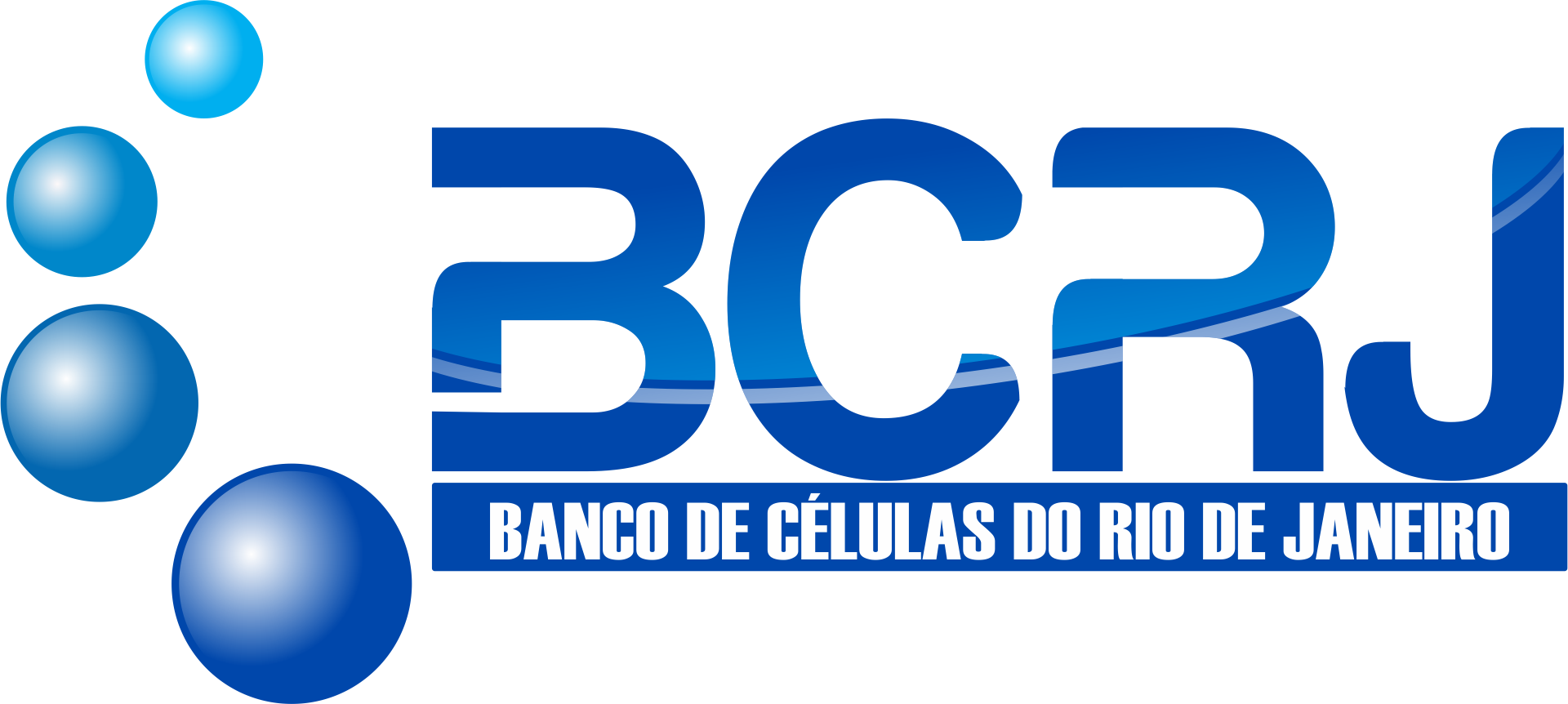| BCRJ Code | 0014 |
| Cell Line | 3A10 |
| Species | Rattus norvegicus |
| Vulgar Name | Rat |
| Tissue | Blood |
| Cell Type | Hybridoma: B Lymphocyte |
| Morphology | Lymphoblast |
| Growth Properties | Suspension |
| Sex | Female |
| Products | Immunoglobulin; monoclonal antibody; TcR murine: ab against; gamma-delta: ab against |
| Biosafety | 1 |
| Addtional Info | This hybridoma secretes monoclonal antibody against TcR murine ( gamma-delta molecule |
| Culture Medium | Iscove's Modified Dulbecco's Medium (IMDM) contains 4 mM L-glutamine, 4500 mg/L glucose with fetal bovine serum to a final concentration of 20%. |
| Subculturing | Cultures can be maintained by addition of fresh medium. Alternatively, cultures can be established by centrifugation with subsequent resuspension at 1 x 10e5 viable cells/mL. Maintain cultures at a cell concentration between 1 x 10e5 and 1 x 10e6 cells/mL. NOTE: Do not allow the cell concentration to exceed 1 x 10e6 cells/mL. |
| Subculturing Medium Renewal | Every 2 to 3 days |
| Culture Conditions | Atmosphere: air, 95%; carbon dioxide (CO2), 5% Temperature: 37°C |
| Cryopreservation | 95% FBS + 5% DMSO (Dimethyl sulfoxide) |
| Thawing Frozen Cells | SAFETY PRECAUTION:
It is strongly recommended to always wear protective gloves, clothing, and a full-face mask when handling frozen vials. Some vials may leak when submerged in liquid nitrogen, allowing nitrogen to slowly enter the vial. Upon thawing, the conversion of liquid nitrogen back to its gas phase may cause the vial to explode or eject its cap with significant force, creating flying debris.
NOTE: It is important to avoid excessive alkalinity of the medium during cell recovery. To minimize this risk, it is recommended to place the culture vessel containing the growth medium in the incubator for at least 15 minutes before adding the vial contents. This allows the medium to stabilize at its normal pH (7.0 to 7.6). |
| References | Serafini, T., Colamarino, S.A., Leonardo, E.D., Wang, H., Beddington, R., Skarnes, W.C., and Tessier-Lavigne, M. (1996). Netrin-1 is required for commissural axon guidance in the developing vertebrate nervous system. Cell 87, 1001-1014. Begum, S., Komiyama, M., Toyota, N., Obinata, T., Maruyama, K., and Shimada, Y. (1998). Differentiation of muscle-specific proteins in chicken somites as studied by immunofluorescence microscopy. Cell Tissue Res. 293, 305-311. Phelps, P.E., Alijani, A., and Tran, T.S. (1999). Ventrally located commissural neurons express the GABAergic phenotype in developing rat spinal cord. J. Comp. Neurol. 409, 285-298. Perez, S.E., Rebelo, S., and Anderson, D.J. (1999). Early specification of sensory neuron fate revealed by expression and function of neurogenins in the chick embryo. Development 126, 1715-1728. Robb, S.M.C., and Sanchez Alvarado, A. (2002). Identification of immunological reagents for use in the study of freshwater planarians by means of whole-mount immunofluorescence and confocal microscopy. Genesis 32, 293-298. Cao, X., Pfaff, S.L., and Gage, F.H. (2007). A functional study of miR-124 in the developing neural tube. Genes Dev. 21, 531-536. Cao, X., Pfaff, S.L., and Gage, F.H. (2008). YAP regulates neural progenitor cell number via the TEA domain transcription factor. Genes Dev. 22, 3320-3334. Sanchez-Guardado, L.O., Ferran, J.L., Mijares, J., Puelles, L., Rodriguez-Gallardo, L., and Hidalgo-Sanchez, M. (2009). Raldh3 gene expression pattern in the developing chicken inner ear. J. Comp. Neurol. 514, 49-65. Gerhart, J., Scheinfeld, V.L., Milito, T., Pfautz, J., Neely, C., Fisher-Vance, D., Sutter, K., Crawford, M., Knudsen, K., and George Weinstein, M. (2011). Myo/Nog cell regulation of bone morphogenetic protein signaling in the blastocyst is essential for normal morphogenesis and striated muscle lineage specification. Dev. Biol. 359, 12-25. |
| Depositors | Alberto Nobrega, Universidade Federal do Rio de Janeiro |
| Cellosaurus | CVCL_D662 |



